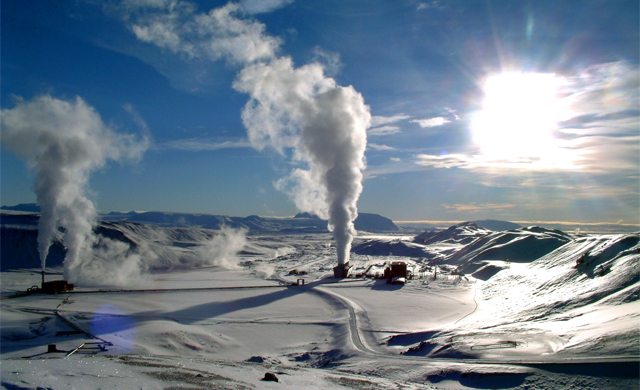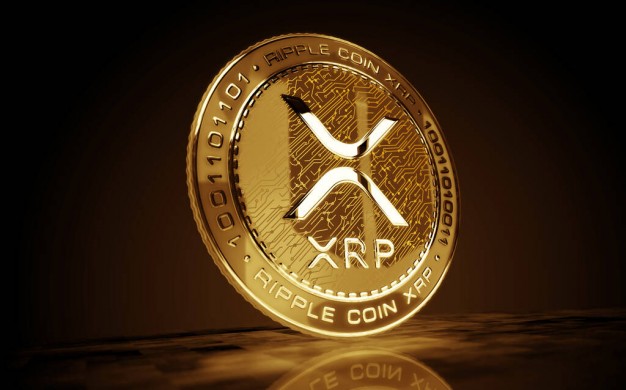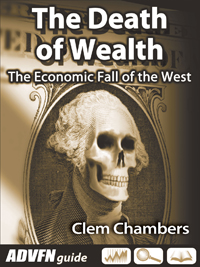The surge of investment pouring into artificial intelligence is unlike anything the world has ever seen. Every major tech company is racing to build bigger data centers, more advanced chips, and larger AI models—fueling what many describe as the most transformative technological wave since the invention of the internet.

But beneath the excitement lies an uncomfortable truth: the economics of today’s AI boom simply don’t balance out. The result? The AI revolution is likely headed toward a painful correction before it matures into the world-changing force its supporters envision.
A Buildout Bigger Than Anything in Modern History
Analysts estimate that tech firms worldwide will spend close to $400 billion this year alone on AI-related infrastructure—servers, chips, data centers, energy systems, and more. To put that in perspective, the United States spent less in inflation-adjusted terms on the entire Apollo moon-landing program.
But while the spending is steeply accelerating, the revenue generated from AI services is nowhere near enough to justify it. U.S. consumer spending on AI tools reportedly hovers around $12 billion—a tiny fraction of the capital being deployed.
The mismatch resembles a classic bubble: investment growth resembling the GDP of a wealthy nation and consumer demand more comparable to that of a small developing economy.
A Market Driven by Hype, Not Fundamentals
Financial bubbles are often recognized only in hindsight—crypto in 2021, dot-com stocks in 2000, and real estate in 2008. Yet today’s AI boom is already flashing unmistakable warning signs.
One of the most striking examples is the record-breaking $2 billion seed round secured by Thinking Machines, an AI startup founded by a former OpenAI executive. The company achieved a $10 billion valuation without a product, prototype, or clear business plan. Investors were reportedly told nothing more than, “We’re building something big in AI—trust us.”
Meanwhile, stock market behavior surrounding AI companies has increasingly detached from earnings or measurable performance. Momentum and herd psychology—the belief that others are buying, so I should too—are driving a massive influx of retail investment. It is the same speculative energy that fueled meme stocks like GameStop and AMC.
The Rise of Financial Engineering in AI
Every major economic bubble eventually evolves into a phase of sophisticated financial engineering. Before the housing crash, it was mortgage-backed securities. Before the dot-com bust, it was complex valuations built on “eyeballs,” not earnings.
Now, AI is showing early signs of the same pattern.

Source: create.vista.com
Industry analysts have observed that AI “hyperscalers”—the mega-firms spending the most on chips and data centers—are already using creative accounting to obscure the true scale of their capital expenditures. By shifting costs across categories and timeframes, companies can suppress the appearance of runaway spending and inflate short-term profitability.
These tactics don’t point to fraud, but they do indicate a desire to maintain investor confidence as expenses skyrocket—another hallmark of bubble-era behavior.
The Inevitable Pop—and the Transformation Afterward
Despite the looming risks, this story is not a doom-and-gloom prediction. History shows that bubbles often accompany frontier technologies: railroads in the 1800s, electricity at the turn of the century, personal computers in the 1980s, and the internet in the 1990s.
The pattern is consistent:
- Technological breakthrough sparks massive investment.
- Capital floods in faster than sustainable business models can form.
- The bubble pops.
- The survivors reshape the global economy.
There’s little doubt that AI will follow the same trajectory. The crash—when it comes—will likely eliminate weaker firms, deflate unrealistic valuations, and force the industry to match costs with real productivity gains.
But the long-term outcome is equally predictable: AI will reshape industries, redefine labor, and transform global markets. The temporary collapse won’t kill the technology—it will clean it up.
Final Thoughts
The AI boom is real, the future impact is undeniable, and the long-term promise is extraordinary. But the short-term economic frenzy rests on shaky foundations that cannot support the weight of trillion-dollar expectations.
When the bubble finally bursts, it won’t mark the end of AI’s rise—but rather the beginning of its maturation.
Learn from market wizards: Books to take your trading to the next level

 Hot Features
Hot Features












